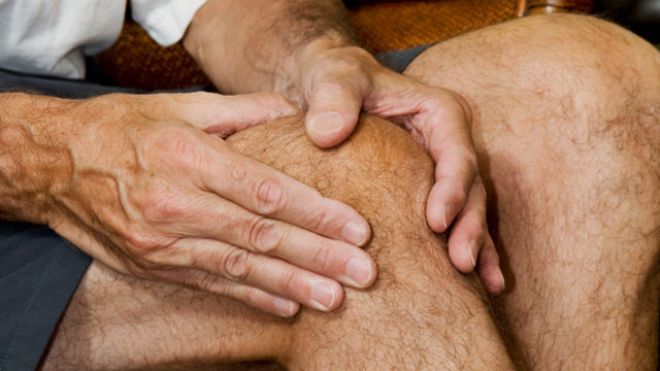
As a doctor, I receive questions every day varying from heart health to infertility. Today, I received a question from a man who wanted to know what alternative therapies were out there for arthritis. Dr. Manny, I suffer from arthritis, and my symptoms get worse during the winter.  What can I do to manage the stiffness besides taking medication? - Marvin Many arthritis sufferers use what is known as complementary and alternative practices to manage their symptoms. Patients turn to these alternatives for many reasons. It may be because conventional medical treatment isn’t giving them the relief they need. Also, they may be concerned about the side effects associated with drug therapy, or they may feel that alternative therapies are safer because they are “natural.” Whatever the reason, many patients are finding additional relief by incorporating these five practices into their arthritis management regimen: Regular exercise The National Institute of Arthritis and Musculoskeletal and Skin Diseases (NIAMS) recommends that arthritis sufferers use these three types of exercise: 1. Range-of-motion exercises such as dancing to help maintain normal joint movement, relieve stiffness, and increase flexibility. 2. Strengthening exercises such as weight training to help keep or increase muscle strength. 3. Aerobic or endurance exercises such as bicycle riding to improve cardiovascular fitness, help control weight, and improve overall function. Weight control is important because extra weight puts extra pressure on many joints. A healthy diet Since there are over 100 known types of arthritis, there is no single diet that will help everyone. However, the Arthritis Foundation has established the following guidelines to assist patients in maintaining a diet that will help manage their symptoms: 1. Eat a variety of foods, and avoid those that can interact with your medications. 2. Use fat and cholesterol in moderation. 3. Eat plenty of vegetables, fruits and whole-grain products. 4. Use sugar and salt in moderation. 5. Drink alcohol in moderation. 6. Take in the daily requirements of vitamins and minerals, including calcium. Dietary supplements The American College of Rheumatology has noted that there is some evidence that ginger and willow bark extract may relieve pain. These remedies, however, may contain chemicals that are similar to those found in naproxen (Aleve) and ibuprofen (Advil), which can cause inflammation of the stomach and intestines. They also may interfere with blood clotting and cause fluid retention, which may be problematic for people with high blood pressure or cardiovascular disease. 1.) Chondroitin sulfate and glucosamine supplements are sold separately or in combination, and are recommended for pain relief when used in conjunction with other pain medication. Although their effectiveness is unproven, the college says they “appear to be relatively safe, and may be worth considering for people who have severe pain despite conventional treatments.” 2.) Fish oils that contain omega-3 fatty acids have been reported to relieve pain and joint tenderness. It may take several months before a patient sees results. Side effects include gastrointestinal distress and breath odor. Manage stress Stress is a normal part of life; but for arthritis sufferers, there are additional stress factors like increased dependence on family members and changes in appearance due to joint deformities or the side effects of drugs. The Arthritis Foundation says that controlling stress is imperative for arthritis patients because “when you feel stressed, your body’s muscles become tense. This muscle tension can increase your pain and fatigue and may limit your abilities, which can make you feel helpless.” Stress can lead to depression, which can touch off a cycle of stress, pain, fatigue, and limited/lost abilities. Managing stress can break that cycle. Hot and cold applications The Mayo Clinic makes the following recommendations: “Heat will help ease your pain, relax tense, painful muscles and increase the regional flow of blood. One of the easiest and most effective ways to apply heat is to take a hot shower or bath for 15 minutes. Other options include using a hot pack, an electric heat pad set on its lowest setting or a radiant heat lamp with a 250-watt reflector heat bulb to warm specific muscles and joints. If your skin has poor sensation or if you have poor circulation, don't use heat treatment. Cold may dull the sensation of pain. Cold also has a numbing effect and decreases muscle spasms. Don't use cold treatments if you have poor circulation or numbness. Techniques may include using cold packs, soaking the affected joints in cold water and ice massage.” Patients should always exercise caution when considering any other alternative therapies. Before beginning any alternative or complementary therapy, talk with your doctor to see if it is right for your particular situation, and ask about possible side effects and harmful interactions, especially if are taking any additional medications for other conditions.source : http://www.foxnews.com/health/2011/10/10/alternative-therapies-for-arthritis/

